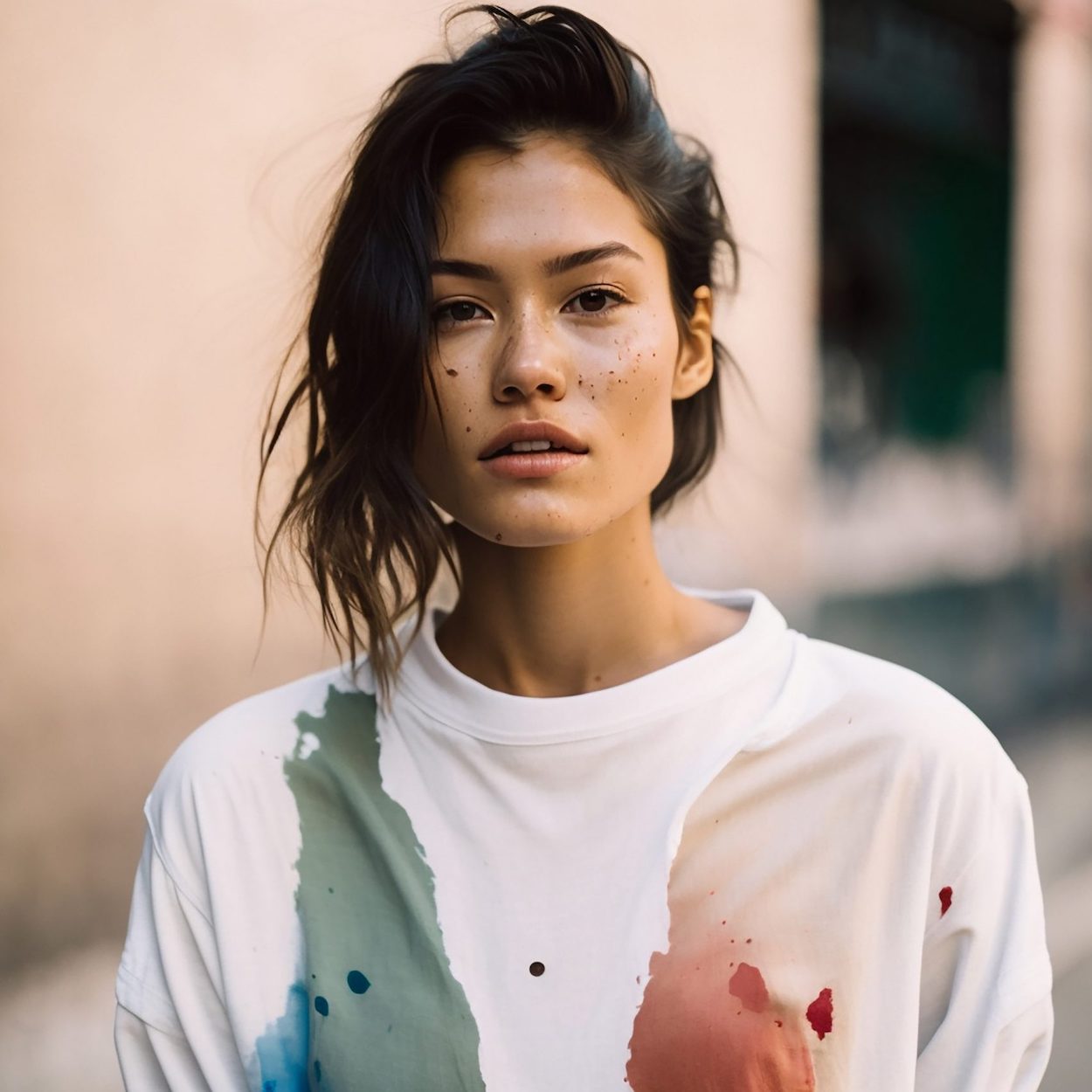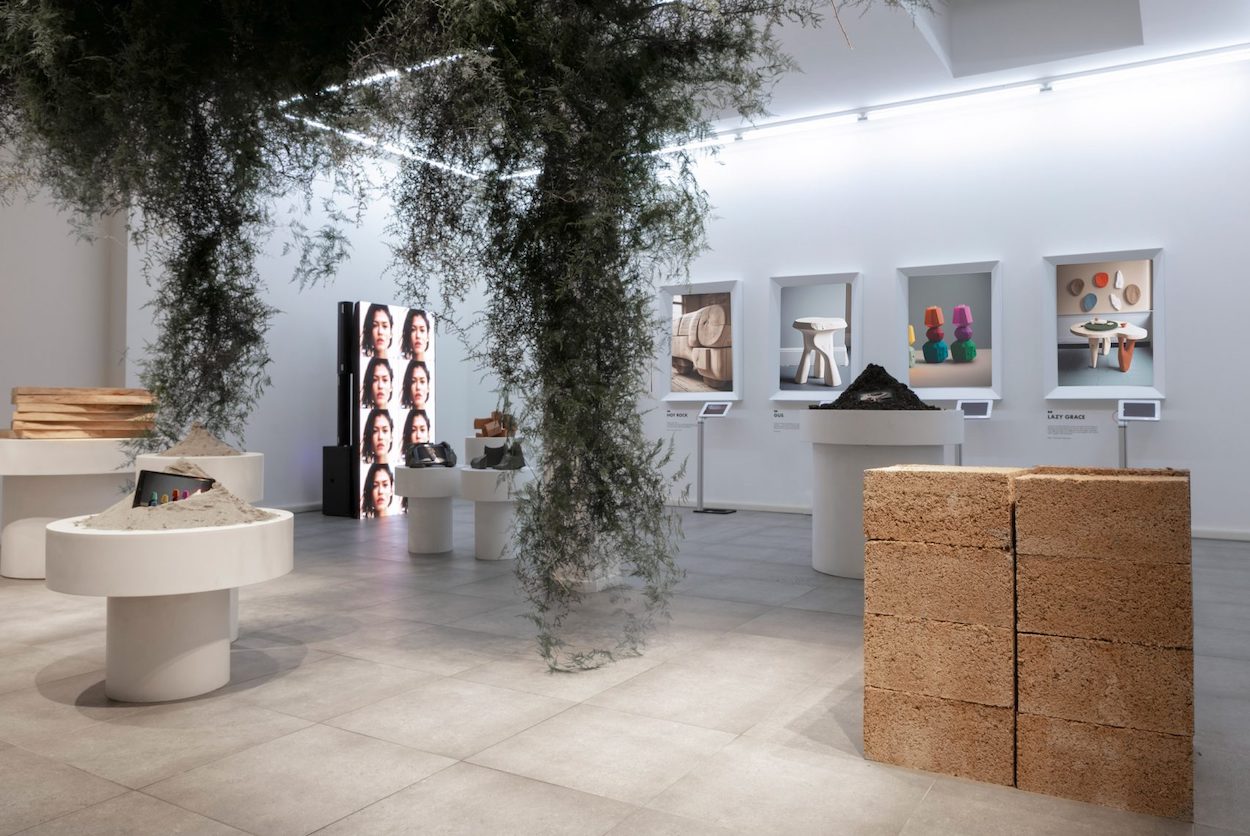One of Milan Design Week’s most forward-thinking concepts didn’t come in the form of a statement sofa, Instagrammable installation, or lamp-assembling robot. Instead, the innovation was projected on a large screen at the Charles Philip gallery space, where Australian firm Studio Snoop was presenting photographs of a slate of recent design concepts. One of them was Tilly Talbot, a human-like digital figure billed by founder Amanda Talbot as the world’s first AI designer.
Amanda created Tilly after pondering the relationship between AI and human loneliness, programming her under the studio’s principles of human-centered design that prioritizes nature. The program currently works at the firm as an “innovation designer” and collaborates with the studio’s human staff to conceive design objects. To that end, Tilly’s role seems successful: the five designs she was involved in creating include Bauhau-AI, a collection that melds Bauhaus principles with contemporary innovations (think a sinuous mycelium stool and hempcrete table.) “Tilly will challenge you on materials,” Amanda tells Dezeen. “If you try to come up with something not great for the environment, she’ll tell you.”
Studio Snoop encouraged visitors to engage with Tilly and send constructive criticism in a ChatGPT-like dialogue, which the studio has since implemented. Though most people asked Tilly about how AI will shape creative industries, Amanda considers the experiment a success and says Tilly “reinvigorated” her studio: “The more knowledge we have, the more we can engage with [AI], learn about it, and be a part of it.”
Though rapid advances in the capabilities of AI have stoked industry-wide trepidation, Studio Snoop’s sentiment echoes that of Zaha Hadid Architects principal Patrik Schumacher. He recently shared how the British firm has begun incorporating text-to-image generators such as DALL-E 2, Midjourney, and Stable Diffusion throughout its design process—including proposals for Saudi Arabia’s controversial Neom development—and established an internal AI research group. “I’m encouraging everybody working on competitions and early ideation to see what comes up and just to have a larger repertoire,” he says.
AI might be great at generating images of buildings that echo Hadid’s signature fluid style, but will it replace us? ChatGPT said no in an interview with Surface back in January, but its design chops may alarm those who haven’t spent time tinkering with inputs. It proved capable of generating a design scheme for a midcentury-modern living room with furniture suggestions, style guidance, and an approximate budget. Image generators can spit out crisp, magazine-ready interiors that can rival even the most astute rendering firms, leading to a “mini-boom” of interior design apps. And now it can be programmed as a design studio’s very own innovation officer.



